Report this entry
More from the same community-collection
Annual Sun Bowl Parade - State National Bank - 1964
The Sun Bowl was chartered in 1934 making it the second oldest ...
Annual Sun Bowl Parade - State National Bank - 1963
The Sun Bowl was chartered in 1934 making it the second oldest ...
Annual Sun Bowl Parade - State National Bank - 1962
The Sun Bowl was chartered in 1934 making it the second oldest ...
Annual Sun Bowl Parade - State National Bank - 1961
The Sun Bowl was chartered in 1934 making it the second oldest ...
Annual Sun Bowl Parade - State National Bank - 1960
The Sun Bowl was chartered in 1934 making it the second oldest ...
Annual Sun Bowl Parade - State National Bank - 1959
The Sun Bowl was chartered in 1934 making it the second oldest ...
Annual Sun Bowl Parade - State National Bank - 1958
The Sun Bowl was chartered in 1934 making it the second oldest ...
Annual Sun Bowl Parade - State National Bank - 1956
The Sun Bowl was chartered in 1934 making it the second oldest ...
Annual Sun Bowl Parade - State National Bank - 1955
Sun Bowl Parade - State National Bank in the year 1955.
Annual Sun Bowl Parade - State National Bank - 1954
The Sun Bowl was chartered in 1934 making it the second oldest ...
Annual Sun Bowl Parade - State National Bank - 1948
The Sun Bowl was chartered in 1934 making it the second oldest ...
Annual Sun Bowl Parade - State National Bank - 1942
The Sun Bowl was chartered in 1934 making it the second oldest ...
Annual Sun Bowl Parade - State National Bank - 1941
The Sun Bowl was chartered in 1934 making it the second oldest ...
Annual Sun Bowl Parade - State National Bank - 1939
The Sun Bowl was chartered in 1934 making it the second oldest ...
Annual Sun Bowl Parade - State National Bank - 1938
The Sun Bowl was chartered in 1934 making it the second oldest ...
Sun Bowl Parade-1970-Second Prize-Commercial
The Sun Bowl was chartered in 1934 making it the second oldest ...

















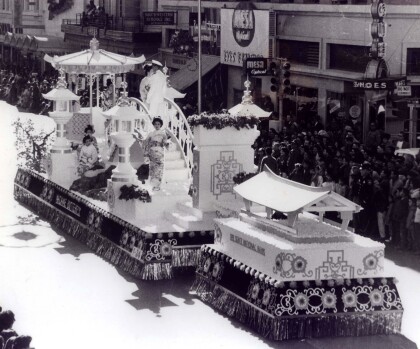
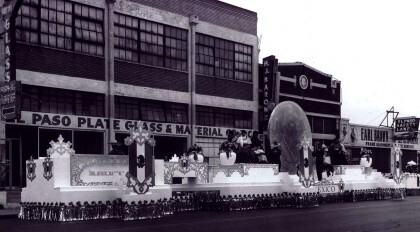
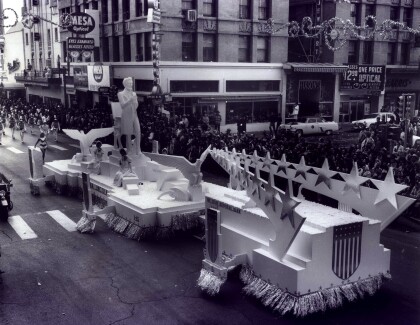
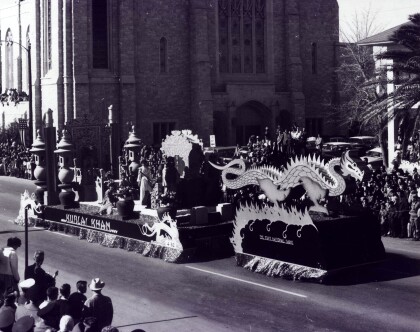
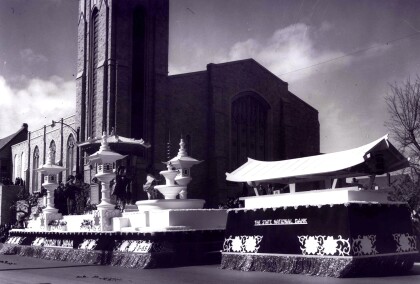
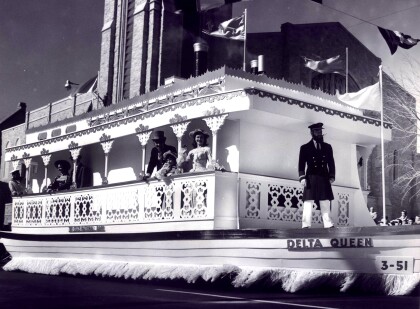
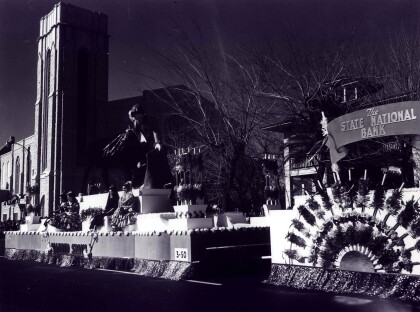
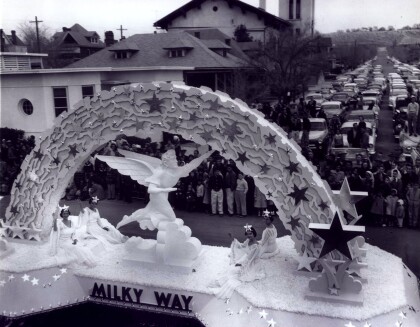
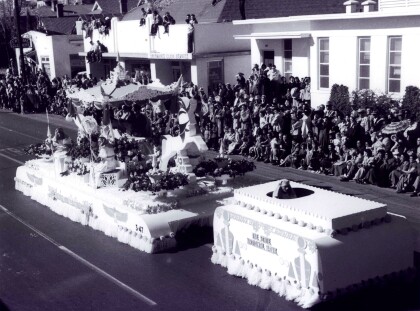
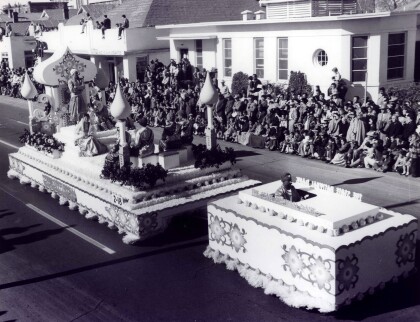
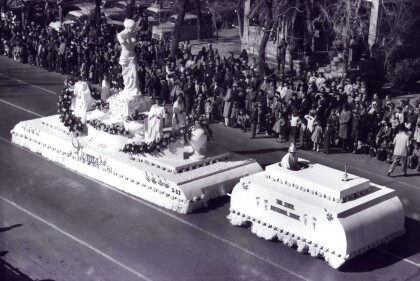
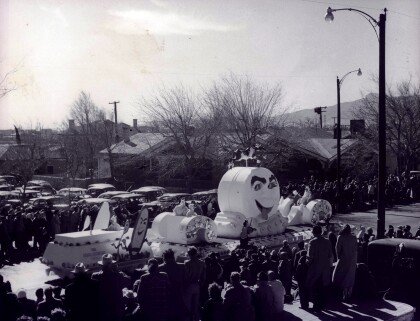
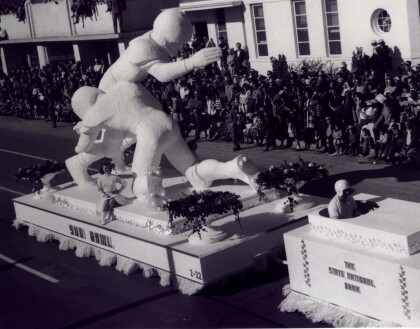
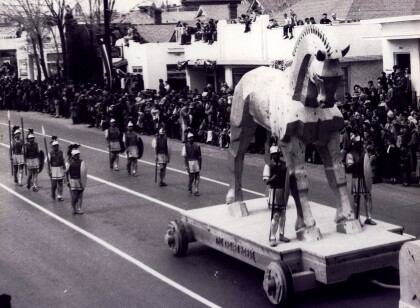
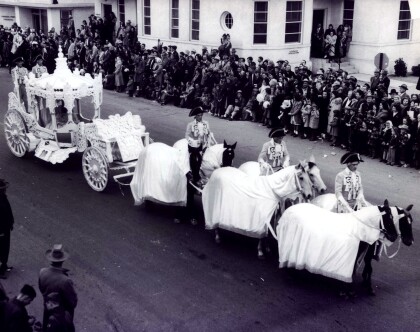
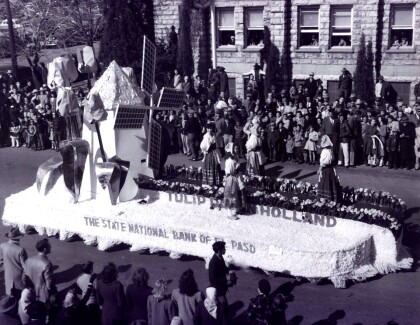
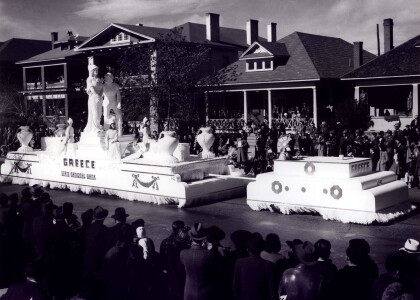
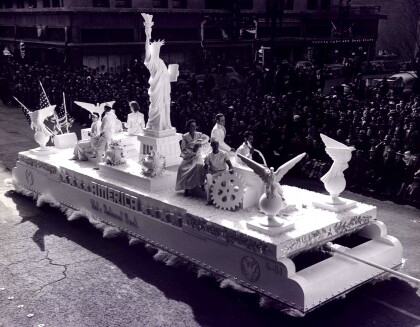
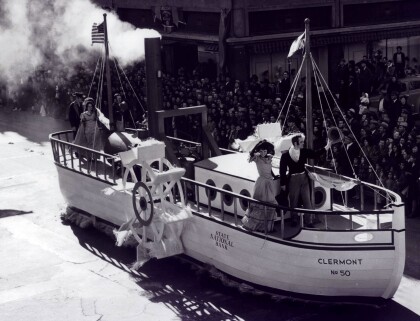
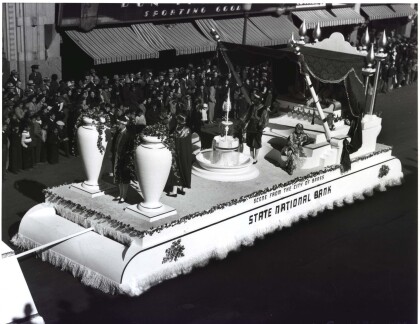
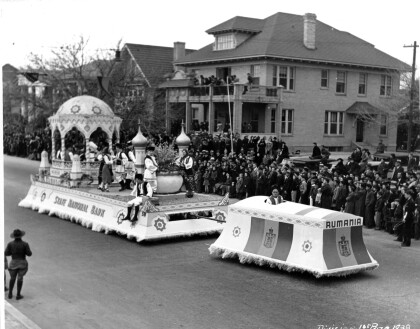
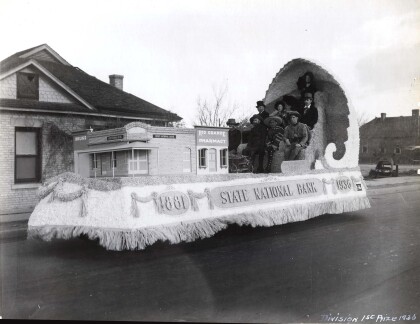
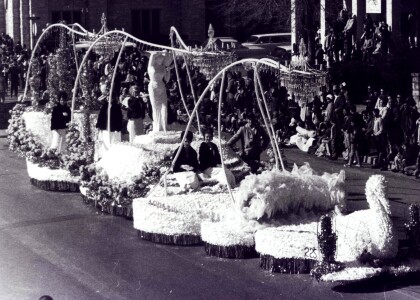
Comments
Add a comment